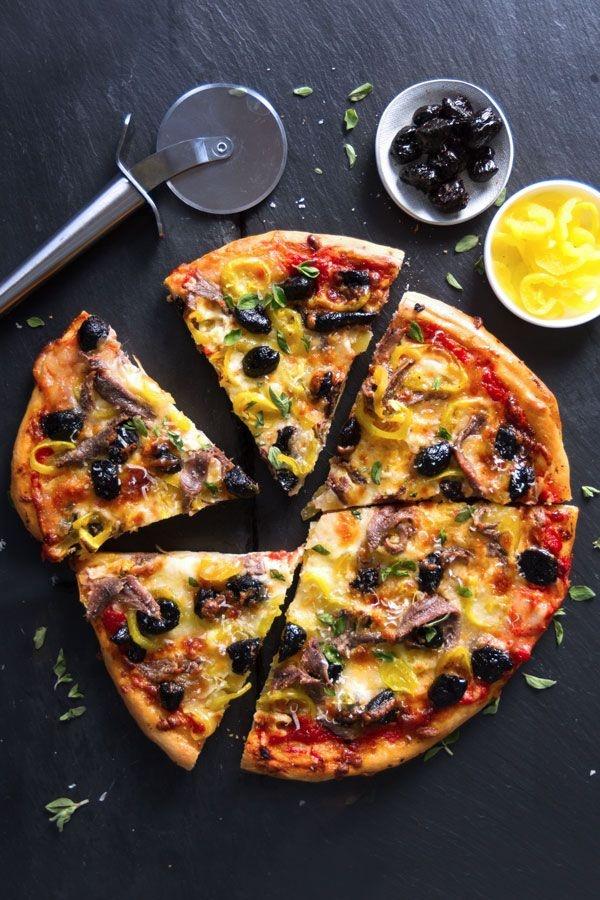Here at CanvasPaperLane, our philosophy holds that extraordinary pizza is rooted in extraordinary dough. Having honed our recipe over thirty years, we eagerly impart key insights to you. While our precise mix stays undisclosed (some secrets are to be kept!), these fundamental guidelines will empower you to craft pizzeria-caliber pizza dough at your abode.
The Essence of Flour
The cornerstone of superior pizza dough is premium flour. We suggest employing 00 flour, an ultra-fine Italian variation with moderate protein levels (approximately 12%). This ensures an optimal mix of durability and softness. In the absence of 00 flour, a decent alternative is bread flour, albeit with a subtly altered texture.
Optimal Water Temperature and Dough Hydration
Water's temperature influences your dough's fermentation duration and overall development. For elongated fermentation (yielding enriched flavors), opt for water at 45°F (7°C). For expedited fermentation, water should be lukewarm, around 85°F (29°C). A hydration ratio (water to flour) of 60-70% is ideal for most residential ovens.
Limited Yeast, Expanded Time
A pivotal element for tasty dough is minimizing yeast usage and maximizing fermentation period. Our practice involves just 0.2% of fresh yeast relative to flour for a 24-48 hour fermentation. Such a gradual process cultivates depth in flavor and produces a more digestible dough.
Salt's Multipurpose Role
Salt's function goes beyond mere flavor enhancement—it fortifies the gluten network and tempers fermentation. Fine sea salt is what we propose, at a quantity of 2.5-3% of your flour's weight. Incorporate it once the flour and water start to amalgamate, thus avoiding its direct contact with the yeast.
The Artistry of Fermentation
Subsequent to mixing, let your dough undergo an initial fermentation at ambient temperature for two hours, then segregate it into separate dough portions. Encase these portions in lidded vessels and chill them for 24-72 hours. It is during this cold fermentation that dough transforms—enzymes convert starches into sugars, which results in both the dough's delectable flavor and the crust's golden-brown appearance.
Gentle Dough Handling
As you prepare to bake, remove the dough from the cold one to two hours earlier to bring it to temperature. When shaping the dough, treat it tenderly to retain the developed air pockets. Press and form the dough with your fingers rather than flattening with a rolling pin, which could deflate those essential bubbles.
The Final Element: Intense Heat
While our ovens can reach the extreme 850°F (454°C), standard domestic ovens typically top out at about 550°F (288°C). To makeup for this, use a preheated pizza stone or steel for no less than an hour, supplying the fierce bottom heat necessary for a crispy crust and fluffy inside.
Perfecting pizza dough represents an ongoing adventure. Every preparation session imparts new insights into the craft. Record your observations, adjust the parameters, and find out what yields the best results in your kitchen's individualized setting.
For an in-person demonstration of our dough crafting, consider attending our monthly pizza classes where Chef Luca provides a step-by-step showcase of these techniques. Be sure to check our events calendar for the forthcoming dates!

